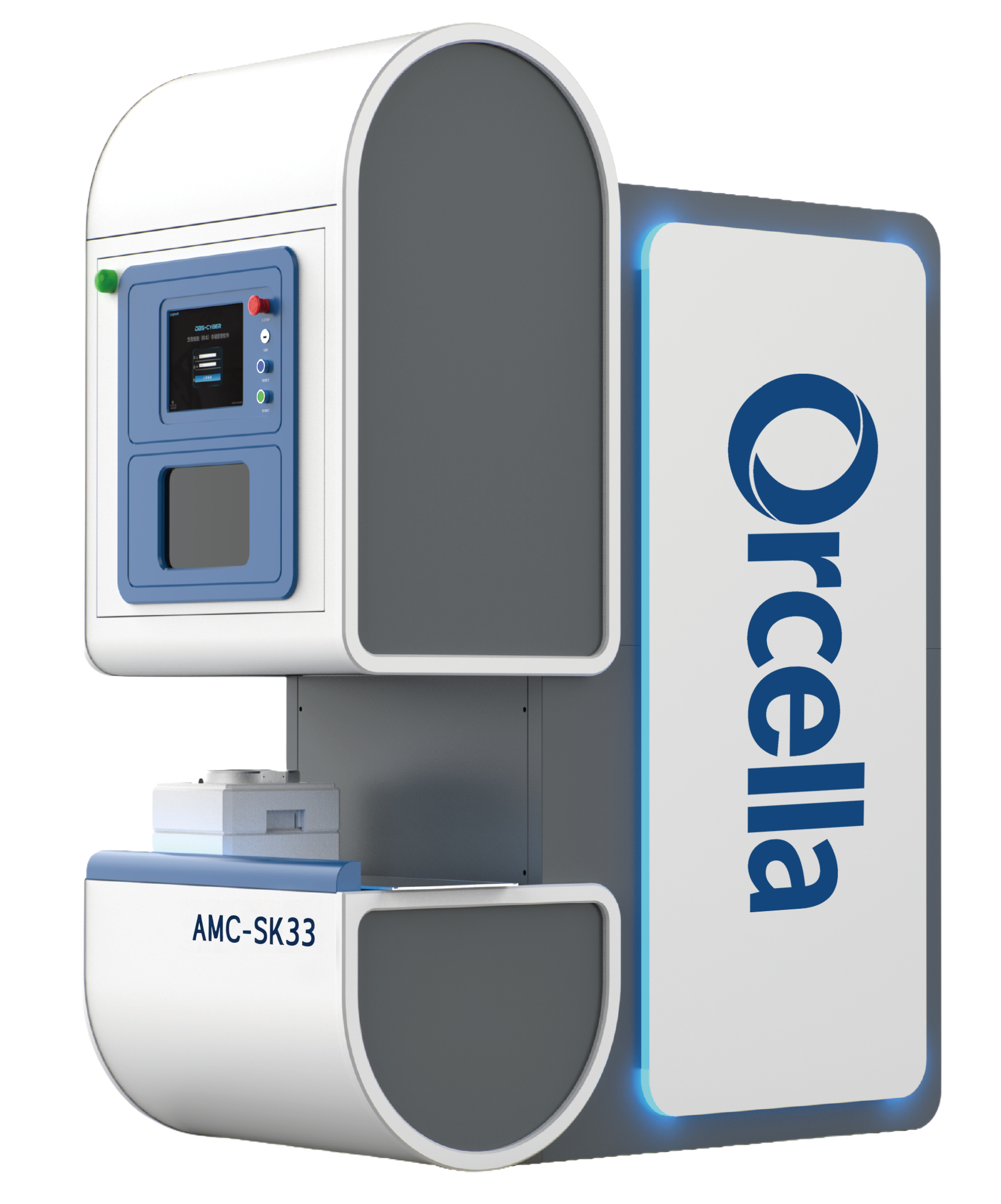

Q & A
BSN series' using scenarios?
* Biomedical institutions, hospitals, blood cell and tissue banks, research institutes, and biobanks.
Why is temperature control extremely important for cell storage?
* As the temperature decreases, the water inside and outside the cell freezes, and the ice crystals formed will damage the cell membrane and organelles, leading to cell death.
* This situation will slowly occur even under deep low temperature conditions of -100 ℃. From a practical and beneficial perspective, liquid nitrogen temperature is optimal for long-term preservation of immune cells (cell biology processes almost stop at -196 ℃).
* When cells are in a frozen state, significant vibrations and temperature changes can directly affect their final resurrection rate and cell quality.
What is the principle of storing biological samples in liquid nitrogen?
* The principle of liquid nitrogen cryopreservation is to freeze cells, stop their metabolic activity, and keep them in a dormant state for a long time. Generally speaking, the lower the storage temperature, the better the effect. In liquid nitrogen, the temperature can reach -196 ℃, so from the perspective of applicable microbial range, survival period, and state stability, liquid nitrogen deep low-temperature preservation method is an ideal preservation method.
* The preservation of biological samples in liquid nitrogen environment can generally last for more than 20 years. In addition to being suitable for the preservation of general microorganisms, some microorganisms that are difficult to preserve by freeze-drying methods, such as mycoplasma, chlamydia, hydrogeno bacteria, molds that are difficult to form spores, bacteriophages, etc., can also be preserved for a long time without any variation in their characteristics.






